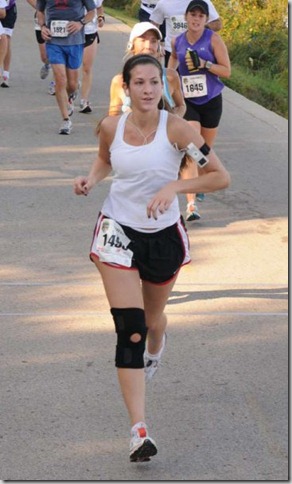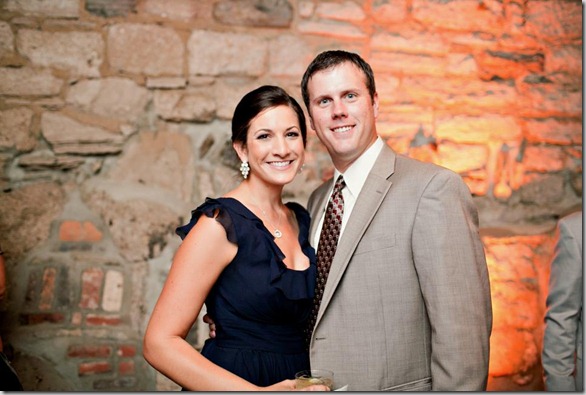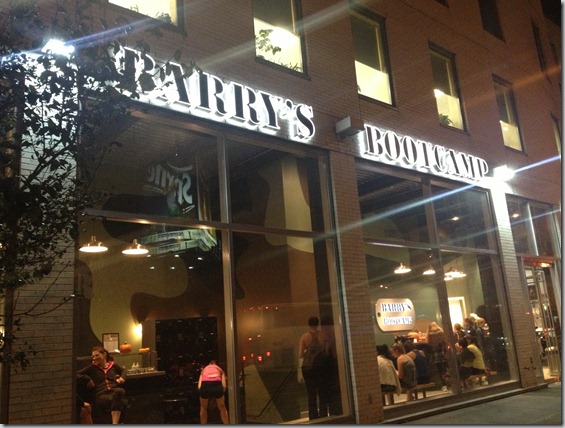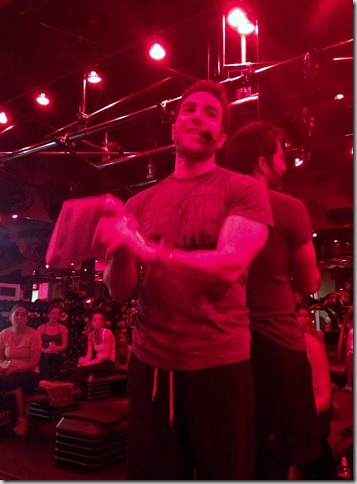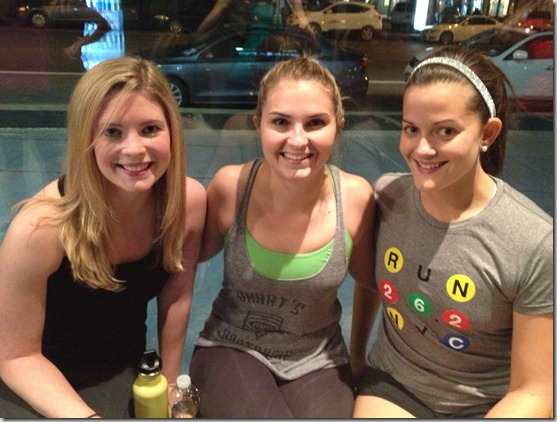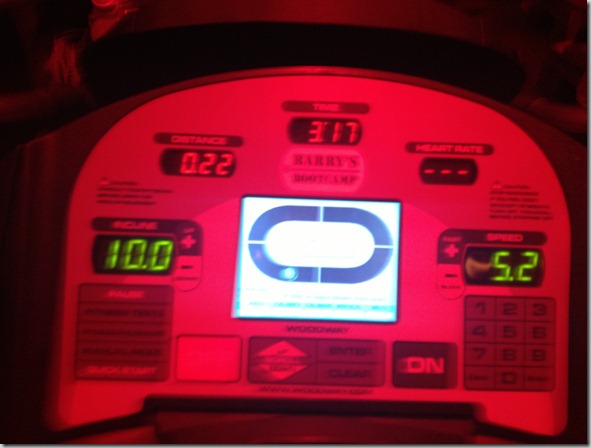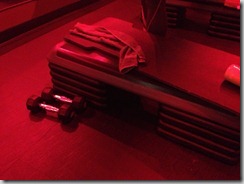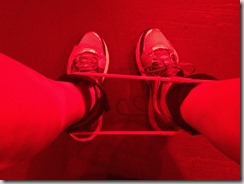I had to laugh when last week, after I announced that I was running the Philadelphia Marathon instead of New York, a few people emailed, tweeted, or left me Facebook messages asking if I’d do a tips and tricks post for the marathon in advance of November 18th. My first reaction was laughter as I knew very little about the marathon when I signed up. Sure I lived in Philadelphia for 3 years and ran the half multiple times but I don’t know the full course very well.

So what do I do when you’re confused or don’t know the answer to something? Ask for help!
I quickly reached out to a few friends and acquaintances who have run the marathon multiple times and am now able to share with you a pretty amazing Philadelphia Marathon Tips guide for both runners and spectators. If you find this helpful, please feel free to share with friends or across your social networks! If I missed anything, feel free to ask in the comments and I’ll do my best to get you an answer before Thursday!
The Course: I am inspired by my co-worker Mark on a daily basis. Not only is his 40 something body able to run a 3:17 marathon, but he is the most helpful and kind runner I know! He has sent me multiple inspirational messages during this training journey and has accompanied me on many a run. As soon as he heard I was running Philadelphia he put me in touch with his friend, a local Philadelphia runner, so I could understand the ins and outs of the course. After training for New York, a marathon that I’ve run twice before, it felt weird to sign up for a marathon whose course I don’t know very well in advance. I was amazed when his friend sent over a VERY thorough course description which included his tips. I asked him permission and he was more than happy for me to share it directly on the blog for everyone’s benefit!

Happy to help – the course has been essentially the same for a while now. Apologies for the length here, but I’m avoiding election coverage and welcome the distraction.
Overall, it’s fairly flat and known for being a pretty fast course. If you’ve been training for NYC in the city itself (including bridge work and/or the hills of central park), none of the hills that are on the course should adversely effect you. Philly used to be one of the marathons people ran to qualify for Boston.
Start is by the Art Museum – they’ve made a lot of progress with corrals and spacing, in the past few years. My recommendation is to be at or near the front of the corral behind the one to which you are assigned. This way, you can help avoid getting stuck in a crowd and can find whatever pace you feel comfortable with, early on. Also, you’re more apt to start catching runners in the group in front of you, as you go. (Always good for the psyche.) Keep in mind, unlike NYC, you’re also running with half-marathoners. Slightly different crowd.
Anyway, the first 6 to 6.5 miles run through the flat streets of Philly proper: center city (which is the closest Philly comes to nyc midtown environment) and old city (which can include brief sections of cobblestone). You’ll know you’re heading into old city when you run through Independence Mall. Through this section of the race, you’ll find a few turns along the way, which can slow you down, depending on crowds around you. Also, the streets get more narrow in sections. They don’t always clear the streets of cars, so it can get like the sections of NYC you find in Brooklyn. (Think bay ridge).
Bw 6 and 7, you’ll cross a bridge into west Philadelphia. That’s when you’ll notice some hills starting. You’ll also get some nice energy from the greeks at Penn. (Don’t feed them.). The hill at mile 7 or so isn’t going to kill you – especially if you’ve done your bridgework. It’s a little long and the pitch is roughly equivalent to the Williamsburg bridge. Keep your pacing honest and respect the hill here and you’ll be fine. I mention this because the worst hill on the course comes at around mile 9 or so, when you start to head to the zoo. Before you hit that hill, you’ll notice you’ve lost the crowds. They largely stop when you’re past Penn and Drexel. There will be select areas w some crowds as you go – but they can get kind of sparse for prolonged sections of the remainder of the race.
One more word about the hill at mile 9 – it’s a solid hill. Fairly prolonged, good steepness to it. A lot of people run it really stupidly. Expect to slow your pace here. I’m always conservative with this hill, unless someone’s chasing me. Good news is, you’ll know this hill when you see it and the rest of the course is frankly pretty routine. After the hill at 9, you’ll get a downhill return for roughly 4 miles – you’ll see "Boathouse Row" on the left and you’ll see you’ll find yourself back at the Art Museum. This is where you’ll lose the half-marathoners. They’ll go straight to their finish, while you’ll head left out to a town called Manayunk.
The Manayunk leg is an out and back: 6 out, tap Manayunk and run the 10k back to the finish. Depending on who you talk to, some describe this leg as downhill out and uphill back – others describe it as a series of mini-hills. Both descriptions are basically right. This section is part of a very popular running route in philly: tree lined, right along the river and largely scenic. You’ll get some crowd support in a couple of sections of this leg – depending on the weather, it can get very strong.
I’m not a fan of "out and backs" generally, but this one is tolerable. Just ignore the mile markers and runners in the opposite direction (ie ahead of you) when you’re heading out.
Preparing for NYC will serve you well here, because good training can put you in position to make up some time on this section. The one thing I’ll mention on this section is to remember that, near the very end of the return (and the marathon itself) you have a gradual hill that’s roughly 1 mile long. After 24 miles plus, it has beaten up many a runner and it’s a frequent mistake for people to forget about it. Don’t forget it’s there – it starts at the end of Boathouse Row on your return. Can’t miss it. Save some energy for it. Once you’re atop the hill, with the Art Museum again on your right, it’s the last point 2 to the finish. Empty the tank then.
I think that’s about it. It’s a pretty well run race – the water stops are stocked and staffed well. They’ve expanded the field to try to accommodate the abandoned NYC marathoners (adding 3k more). So, it should be more crowded than usual. But, it doesn’t get more crowded than the upper deck of the Verrazano. You should be fine.
Spectating: The Philadelphia Marathon is known for amazing spectators the majority of the first 13 miles. After that, it’s a bit of a mixed bag. There are always a number of spectators at the end and in Manayunk. Therefore, I would highly suggest asking your friends and or family to spectate in one of the “dead zones” if at all possible. Since it’s an out and back course for part of the marathon, if they chose a spot along here they could not only see you at the beginning and end, but also the tough parts. Here are my suggestions based on course research and where I’ll be requesting the amazing BETH to try and spectate if possible.

- Do not attempt to spectate in the first few miles of the marathon. Due to the start, which includes half marathon runners, it is pretty crowded at this point and will make finding people very difficult. The crowd spreads out a bit after mile 3 so this is the best place to even consider spectating during the early miles.
- If you hang out on Kelly Drive towards the Mile 15 point, you’ll see your runners at mile 15 and 24. These are both pivotal miles as 15 is when it has truly set in that you’re running a marathon and you’ve broken off from the half marathon crowd. Mile 24 can also be a tipping point in a PR so knowing that you’re going to see someone at that point can really help push you through mile 23. The great thing about this location is that it’s only 2 miles down Kelly Drive from the finish so if you’re a runner, walker, or jogger spectating you can walk back to the finish to meet your runner.
- Tell your spectators to wear something that will stand out to you. For example, I may have Bo where his bright red North Face jacket or a Georgia Tech baseball hat. Things like this, or an I Love Sweat T-Shirt, make finding your spectators easier!
- Make super fun signs and come up with a few cheers. In addition, do not say the following to marathon runners UNLESS you are standing at mile 26. (pictures and suggestions on what not to say from Erica Sara’s blog)
- You’re almost there (when they are NOT almost there)
- This is the last hill (when it’s NOT the last hill)
- Run faster (trust me, they are trying)
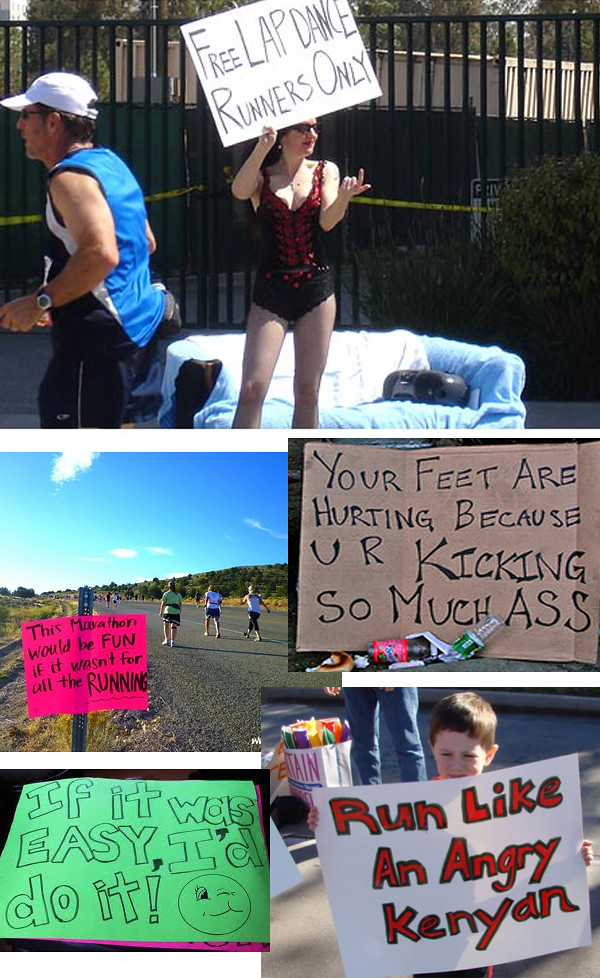
I hope these tips help!

